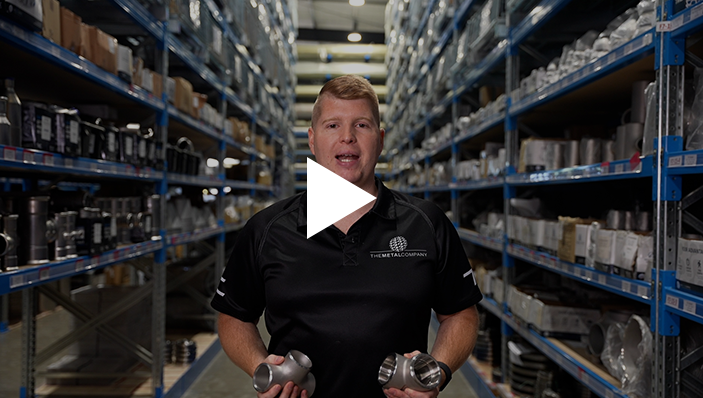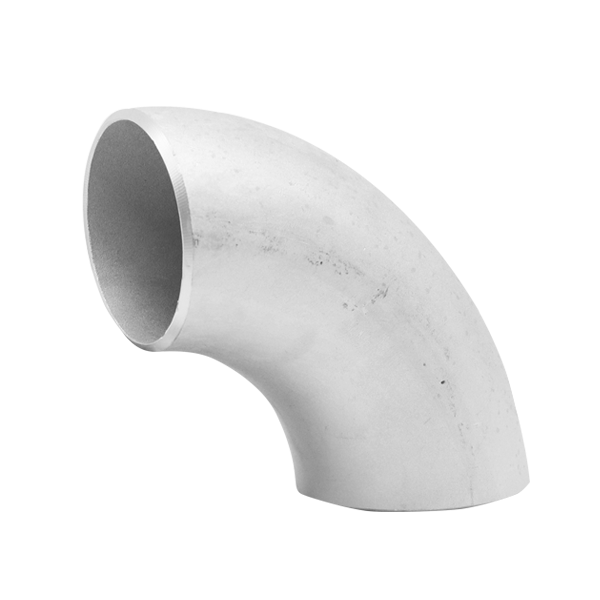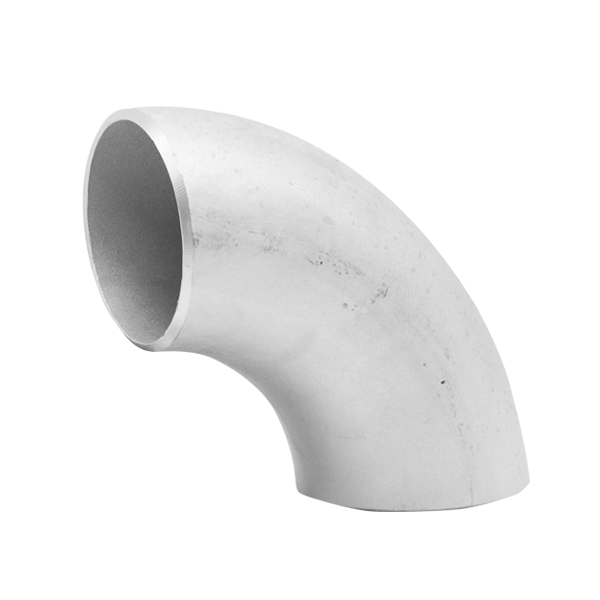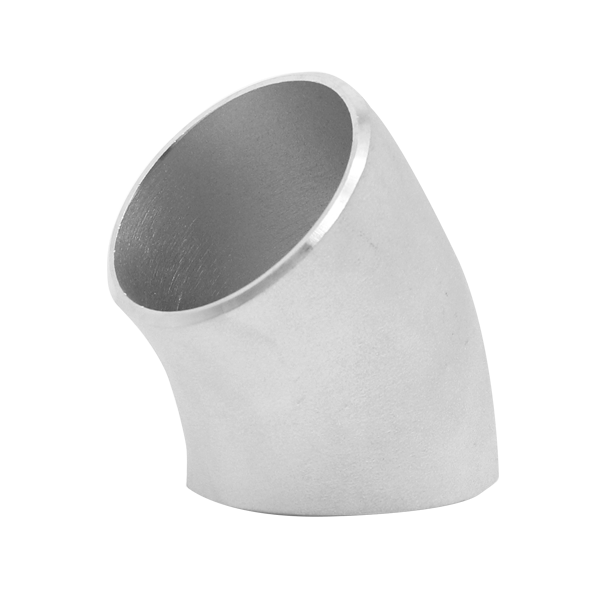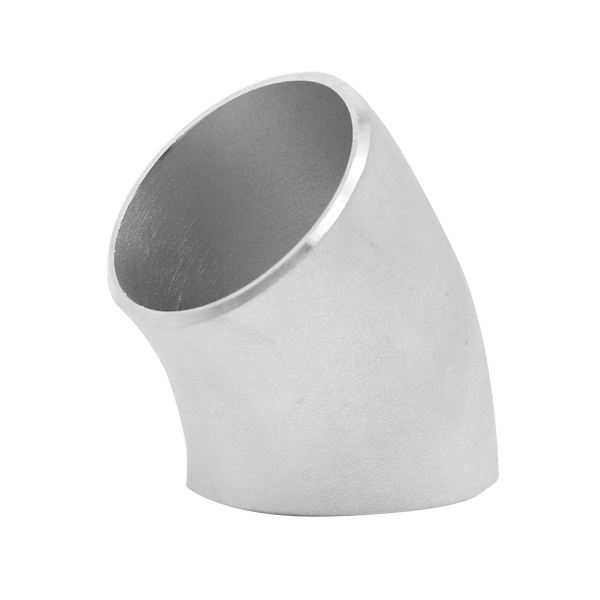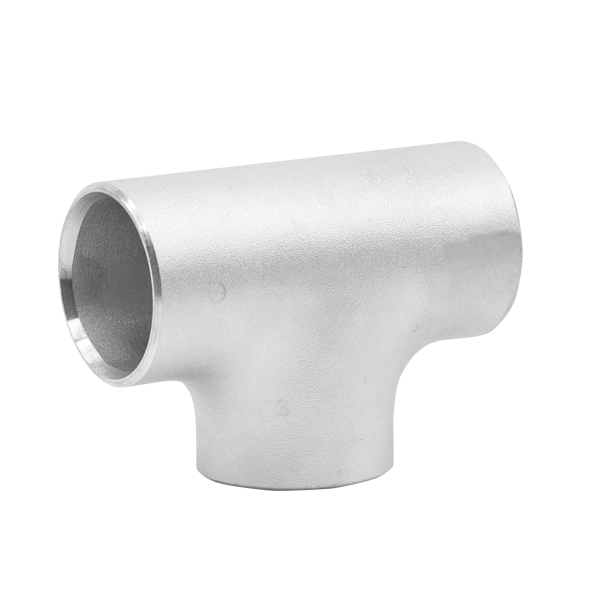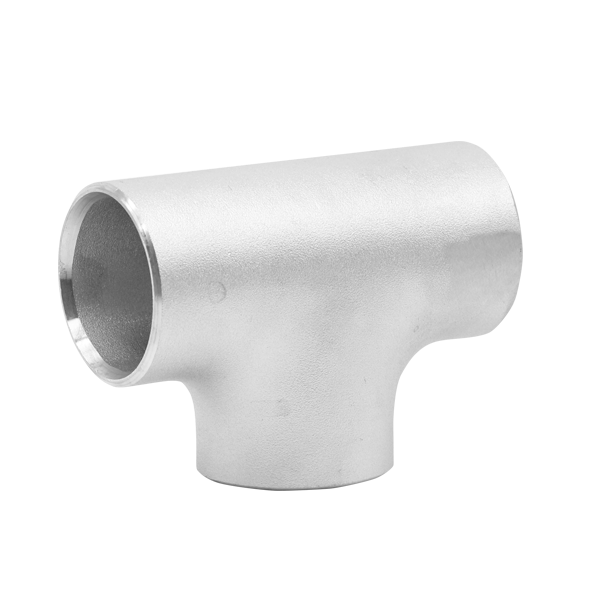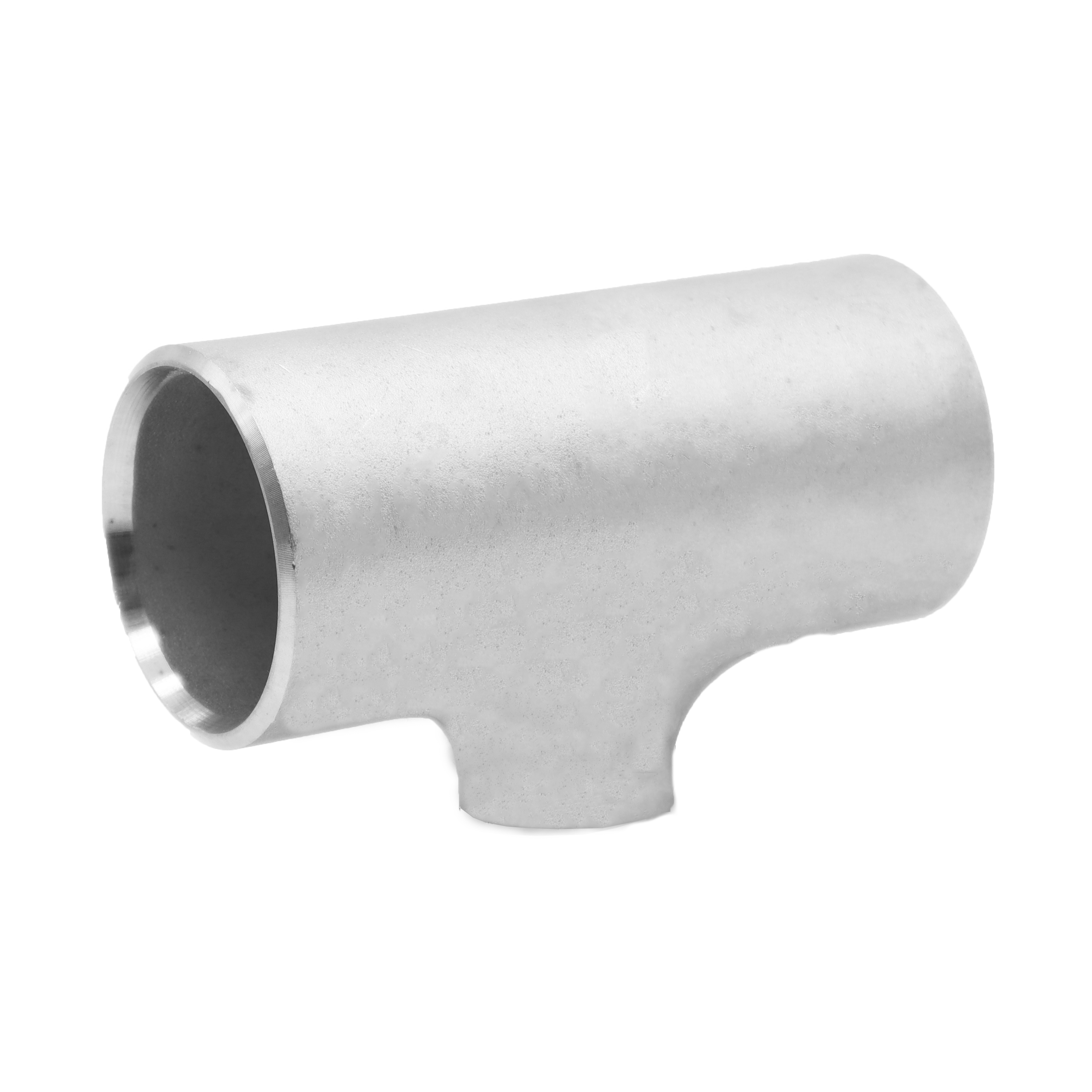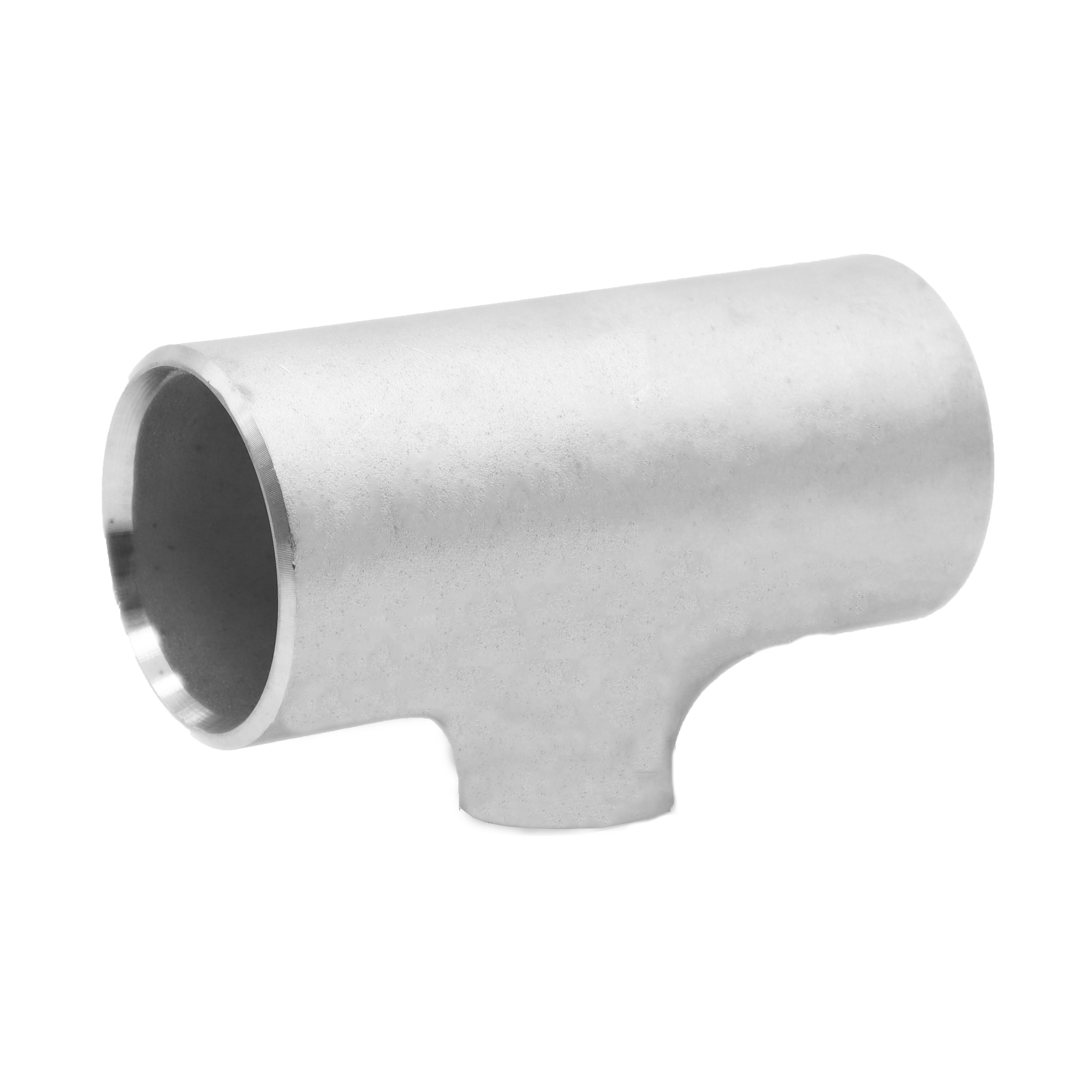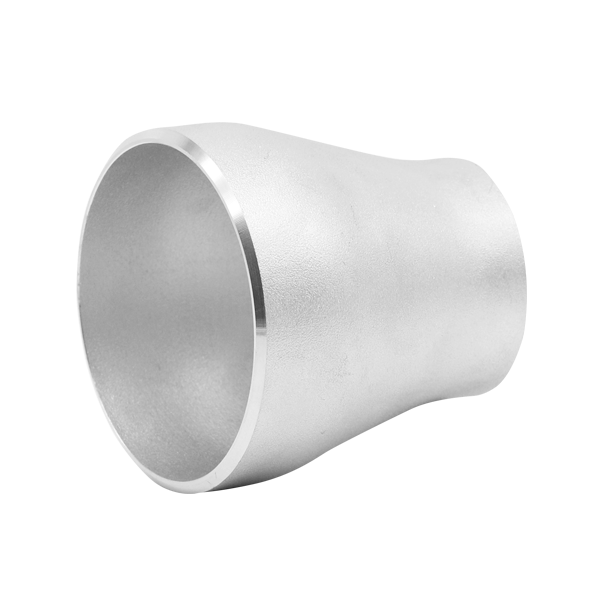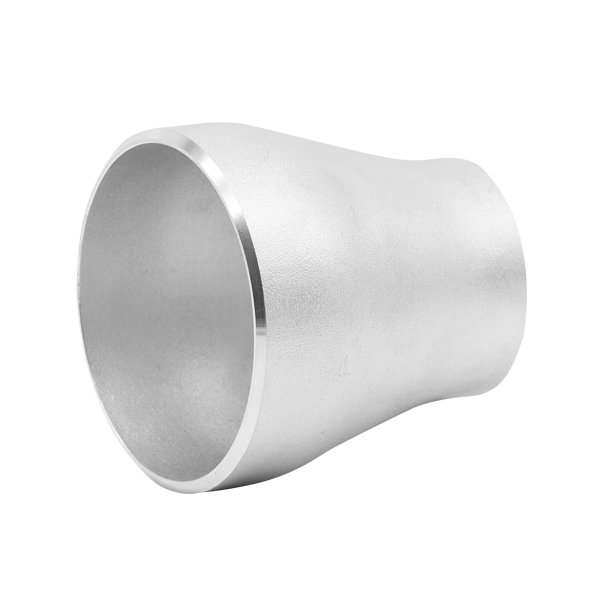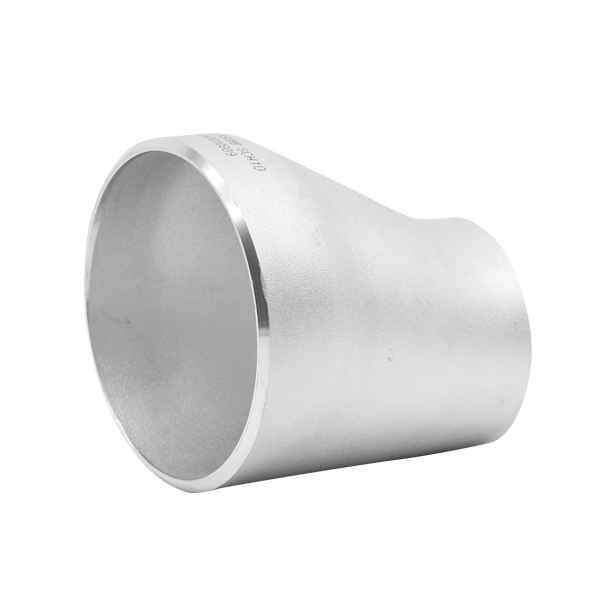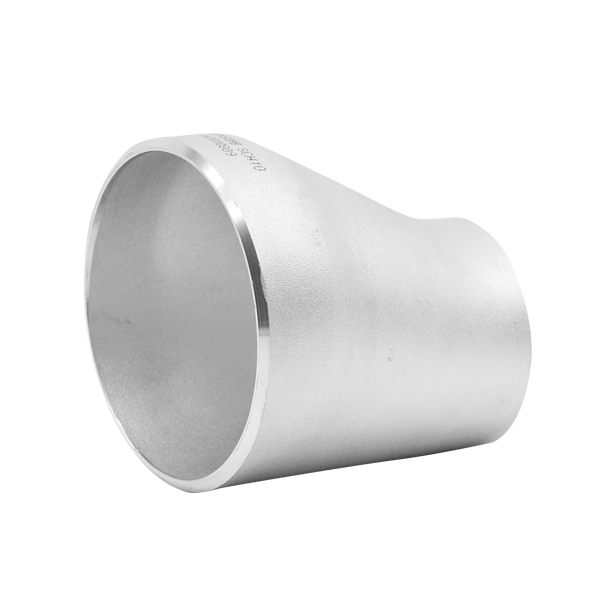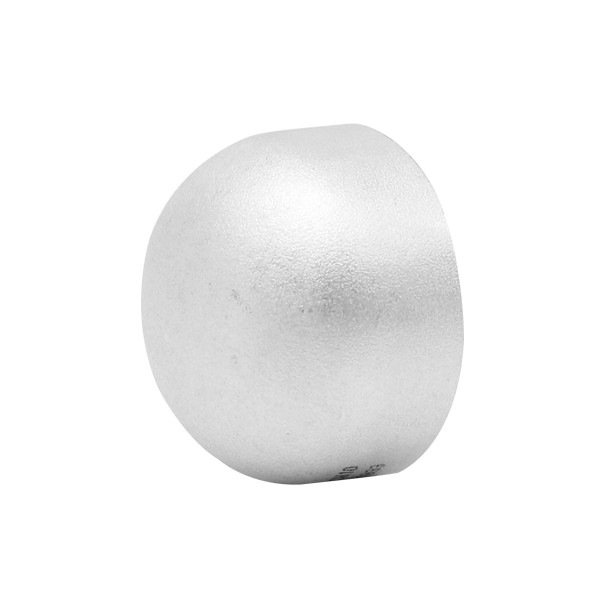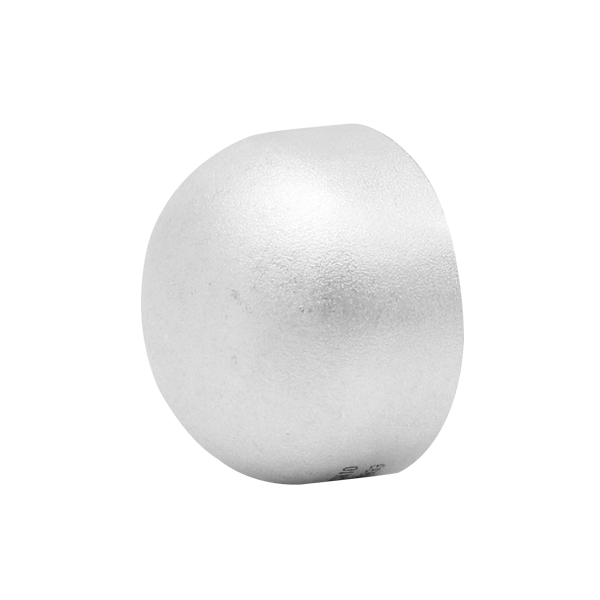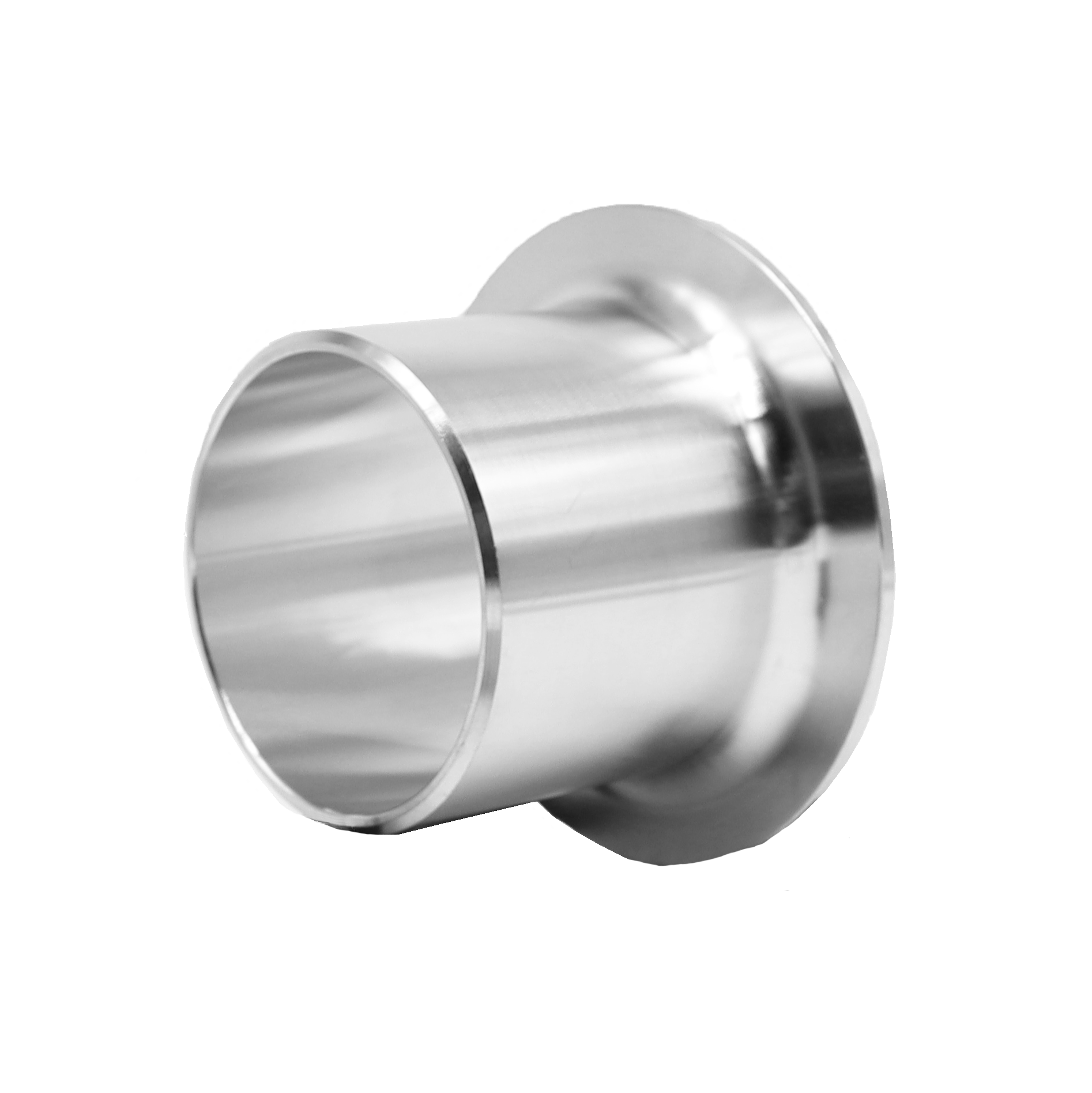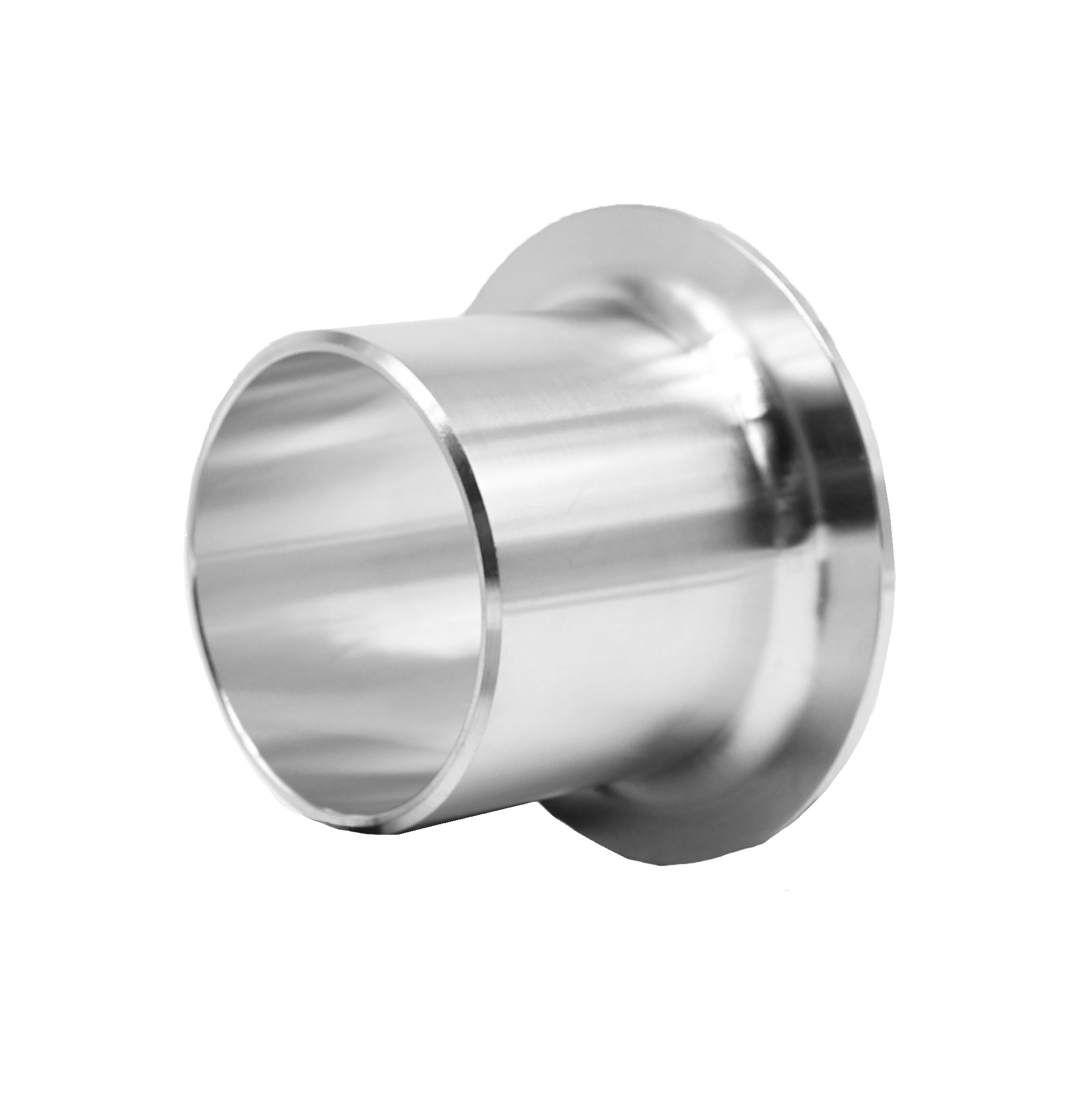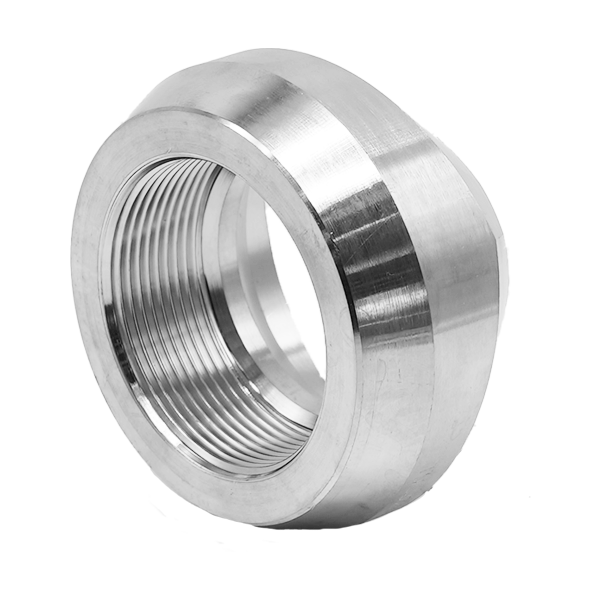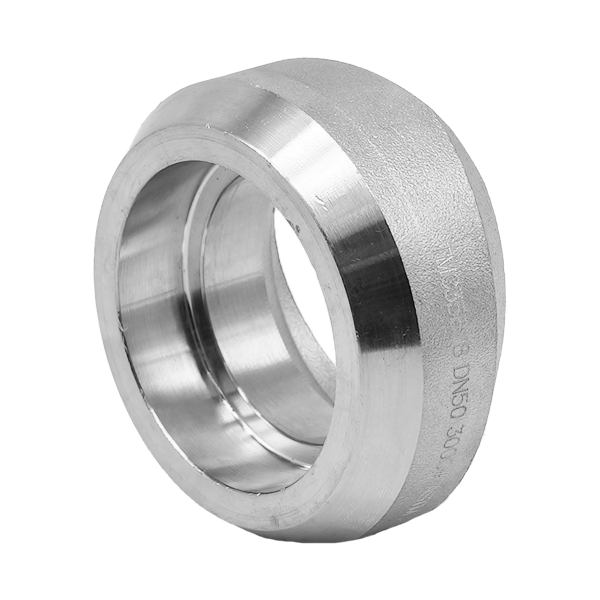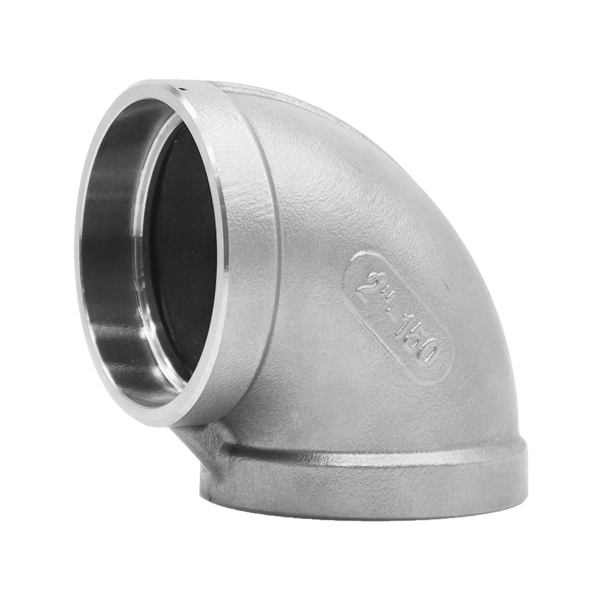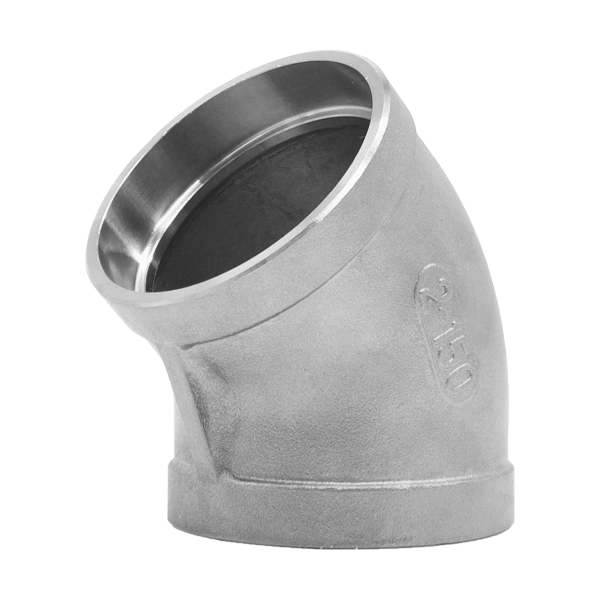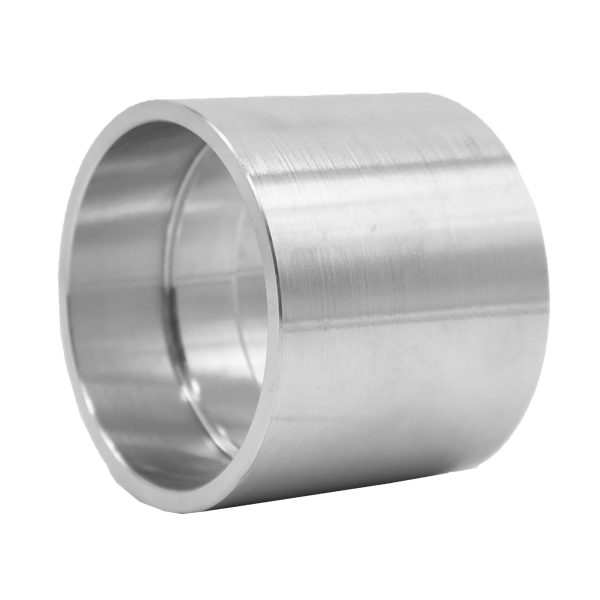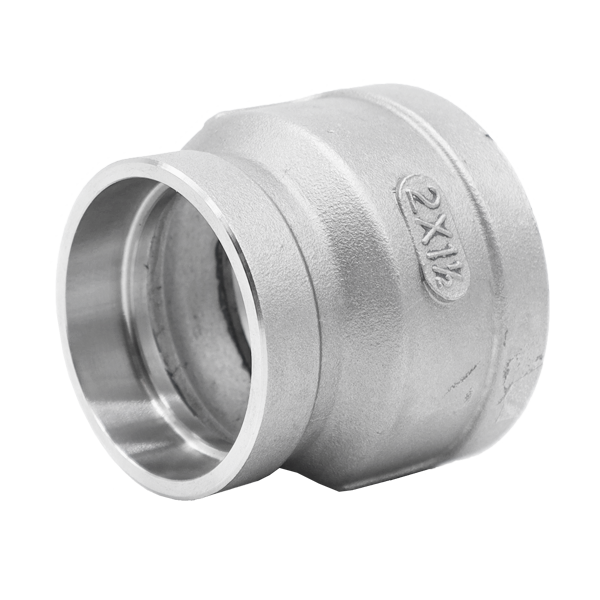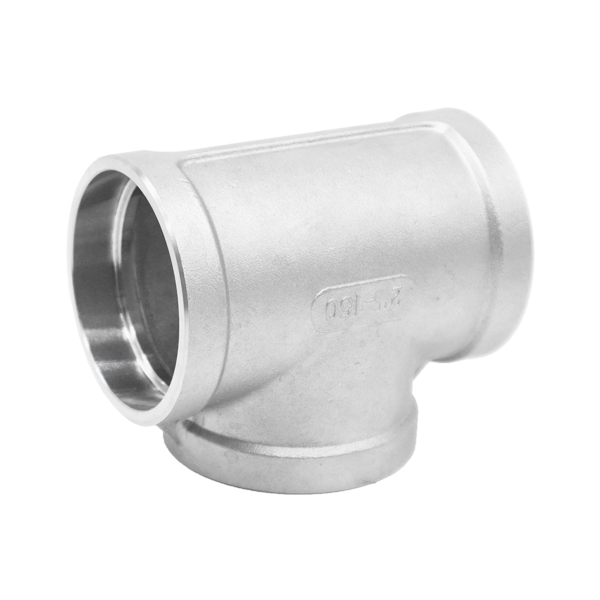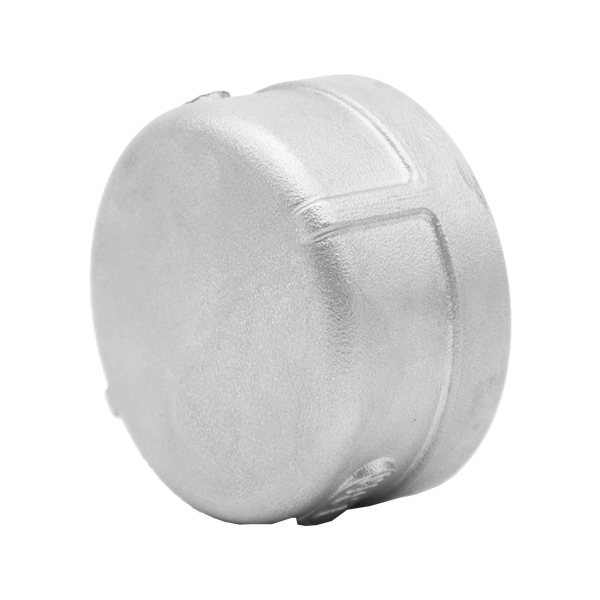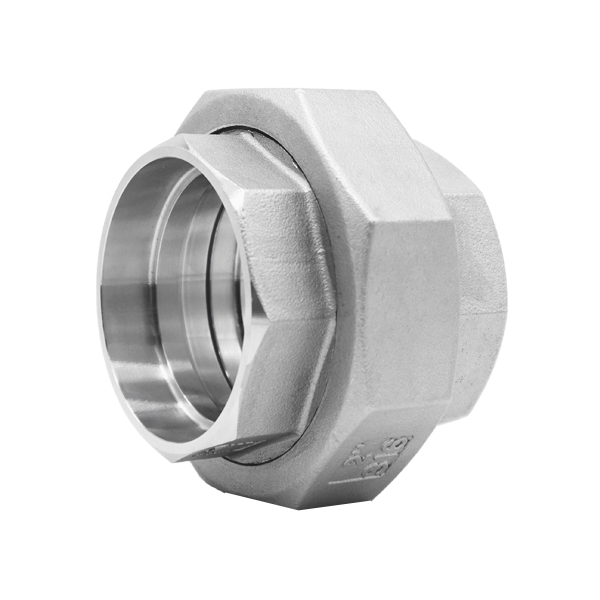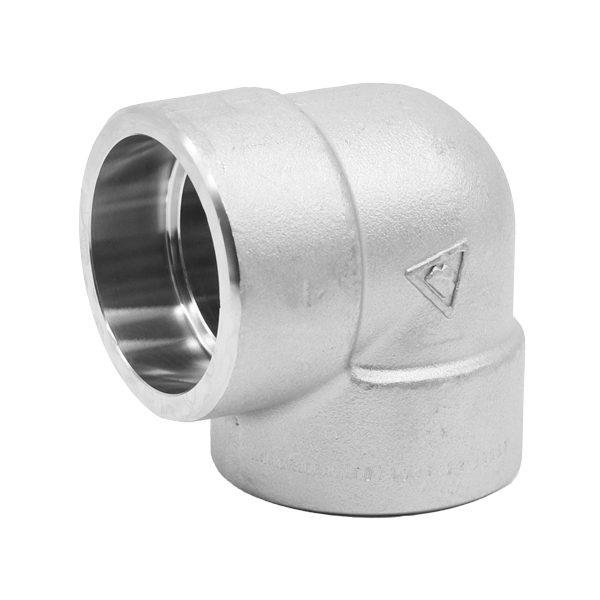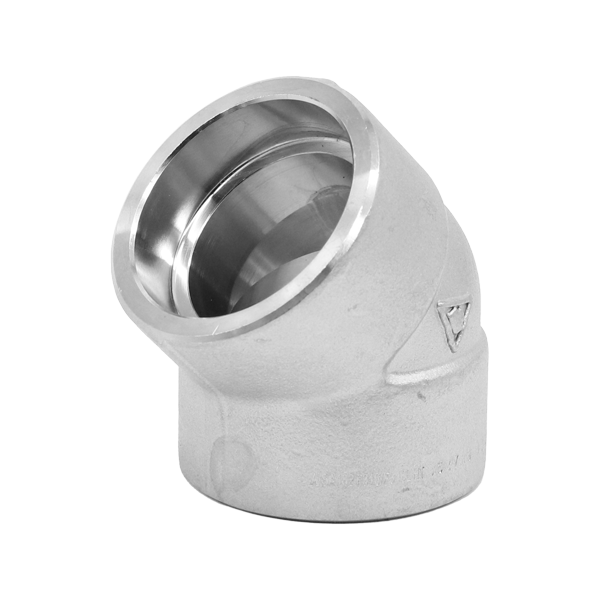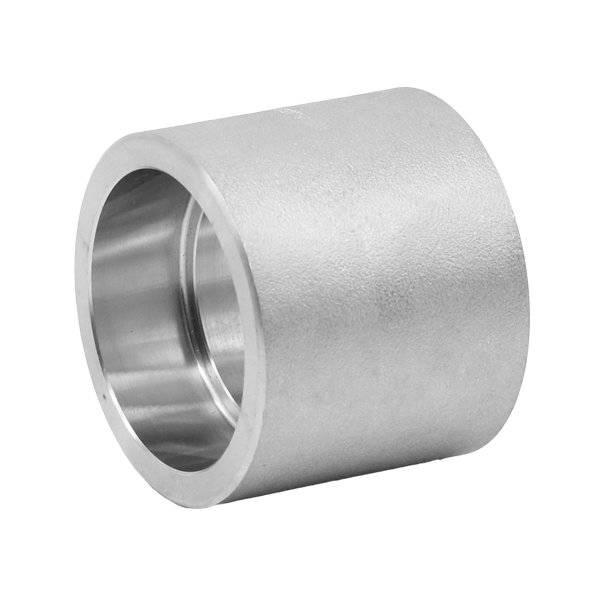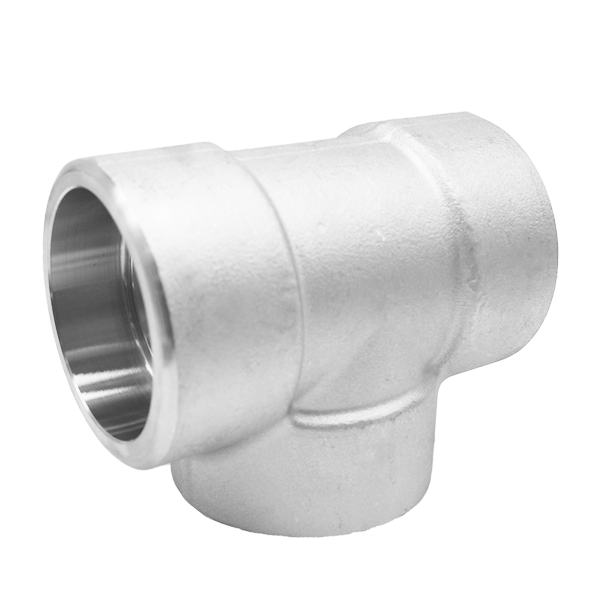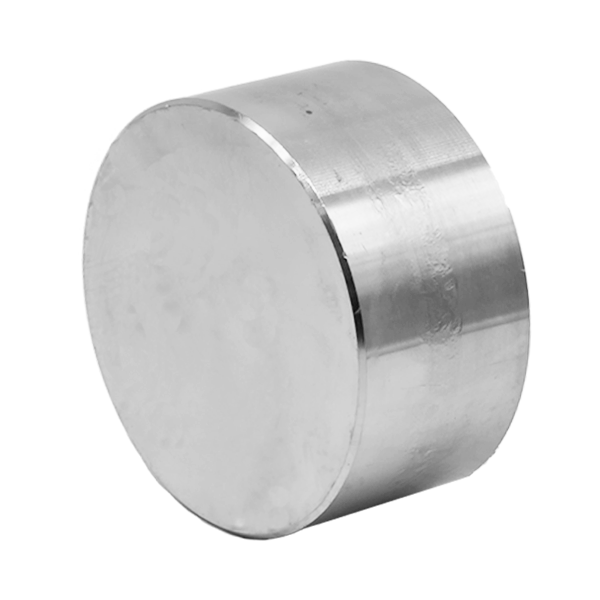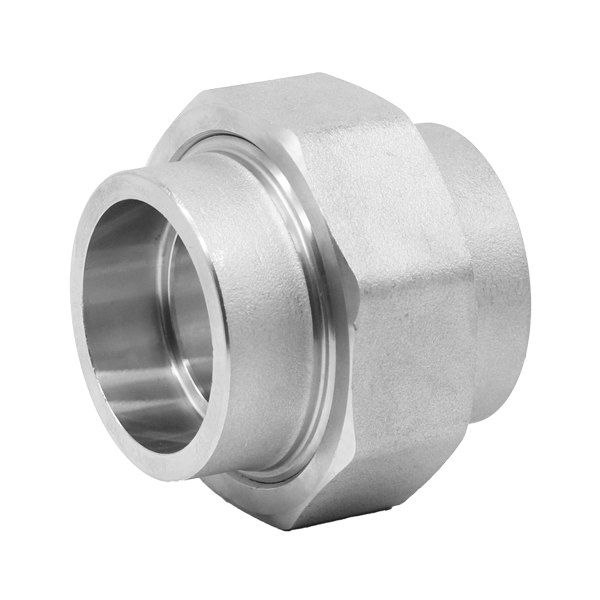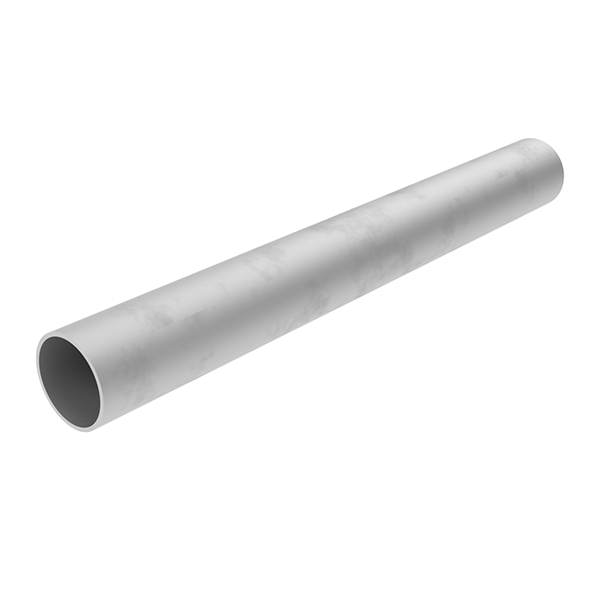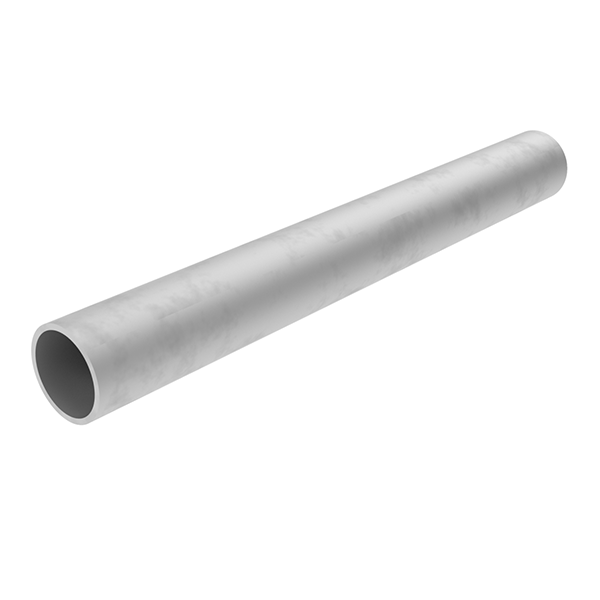A socket weld fitting fits over the outside of the pipe it is being welded to whereas a butt weld is the welding of two of the same sized diameters joined end to end.
A socket weld fitting fits over the outside of the pipe it is being welded to. No beveling is needed as the socket weld forms a fillet weld. Socket weld is generally used for welding pipes which are small in diameter as this type of weld is not usually as strong as butt weld. Most commonly used specifications are diameters smaller than DN50 (2”), and the greatest diameter is DN100 (4”). We stock two types of socket weld fittings which are rated to 150LB and to 3000LB.
A butt weld is the welding of two of the same sized diameters joined end to end. The ends are typically bevelled to create a valley the welding bead can fill to form the butt weld.
Socket weld is easier to install and faster to weld but it is necessary to ensure there is an expansion gap between the shoulder of the socket and the pipe, to allow for thermal expansion. If it’s not big enough, this gap can lead to stress problems that cracks the fillet weld of the fitting and it is also easy to corrode due to the discontinuity of the smooth pipe internals.
Butt weld is the best in terms of strength, fatigue, corrosion resistance and temperature resistance making it more beneficial in high pressure grade environments. However it does need a skilled welder to align the butt ends and weld correctly, making it more time consuming.
